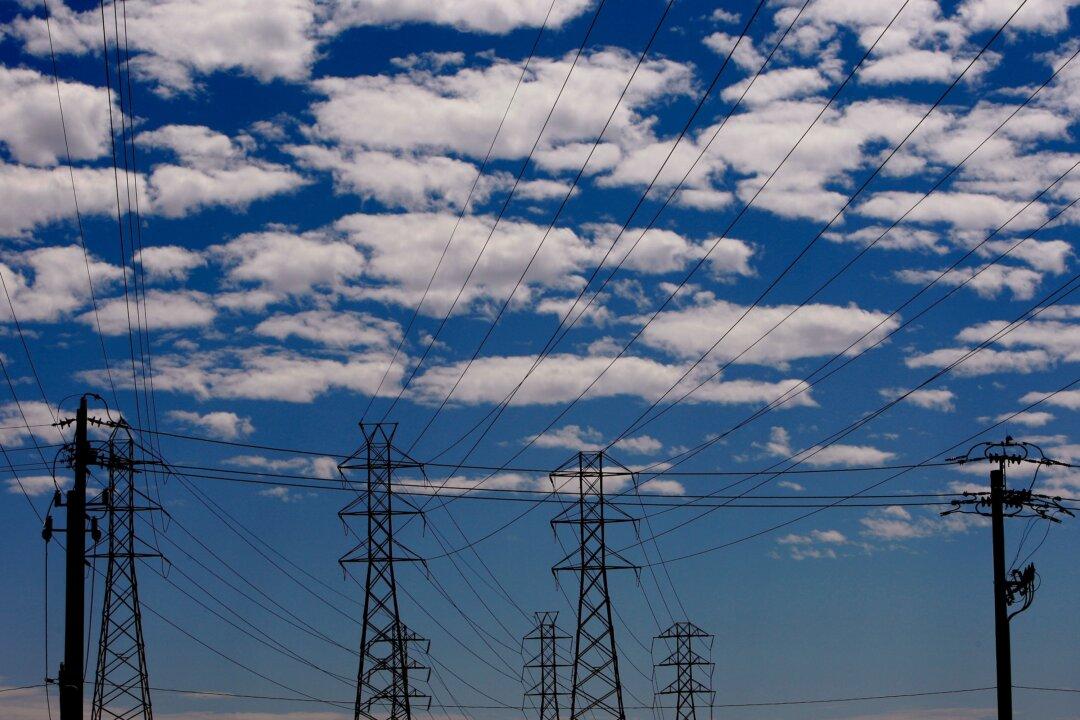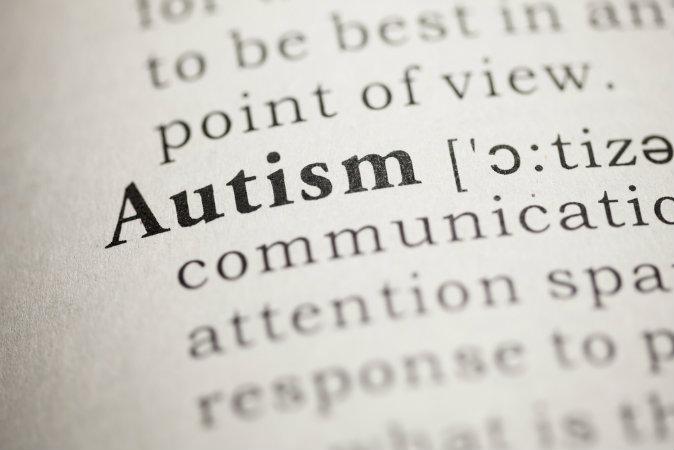What is the optimal size for a power grid, and what are some ways to reduce risk of failure? This is what University of Alaska-Fairbanks physicist David Newman, Benjamin Carreras of BACV Solutions in Oak Ridge, Tenn., and Iowa State University engineering professor Ian Dobson have been investigating.
“There is a right size to all things,” according to British polymath J. B. S. Haldane’s essay written in 1928.
Newman and his associates co-authored a study, titled “Does Size Matter?” which seeks to find the optimum size of the power transmission grid in the United States. Their findings indicate that there is indeed an ideal size for the power grid, based on a balance between efficiency and risk of large failures. The April 8 publication appeared in the journal Chaos: An Interdisciplinary Journal of Nonlinear Science.
“So basically, what we’ve found was that because there is the constant push for efficiency—making the grids bigger and bigger—when it gets big enough, it runs into problems, and failures start to become very large,” said Newman in a telephone interview.
The United States has three interconnected power grid systems that transmit electricity from hundreds of power plants to consumers. At the perfect size, power systems would be efficient without the risk of a large failure, which is extremely costly and difficult to fix, according to the researchers.
The grids run close to the edge of capacity because of economic pressure. The perfect example would be a hot day when everyone’s air conditioner is running. With a downed power line, the grid is strong enough to redistribute power evenly, but if it is already at its critical point, there is a significant chance of a collapse.
Finding a Balance
Newman’s team discovered that the optimal size was between 500 to 700 nodes. At that size, power systems would be efficient without the risk of large blackouts.
On smaller grids, blackouts are easier to fix—and less costly.
“It’s a balance—that’s exactly it—a balance between the large failures versus the benefit from the increase in efficiency of the larger networks,” said Newman.
This was the first study to address the optimal size issue in regard to the real power networks. According to Newman, people have not yet looked at power distribution with ideal size in mind—they just keep growing and growing. He added that people assume that the bigger the failure, the more unlikely it is to occur.
“That’s actually true: It’s much less frequent to have a very large failure than it is to have a small one,” he said. “Bigger power transmission failures are less likely to happen, but they still dominate the risk.”
Preventative Measures
As consumers, conservation techniques—like turning off electronics and appliances when not in use—should be exercised to reduce stress on the system, thus reducing the likelihood of failures.
For those newly developing grids, Newman advises that engineers should keep conservation in mind.
Millions of people on the east coast lost power for close to two weeks during the large blackout in 2003, which was extremely costly.
With the complex systems that are in place, failures of all sizes are intrinsic—and that includes the Internet and the financial system, according to Newman.
“I am willing to guarantee that there will be failures again—and there will be large failures again,” said Newman. “Politicians cannot legislate failures away, so you can’t say there will be no failures and suddenly there are no failures.”




